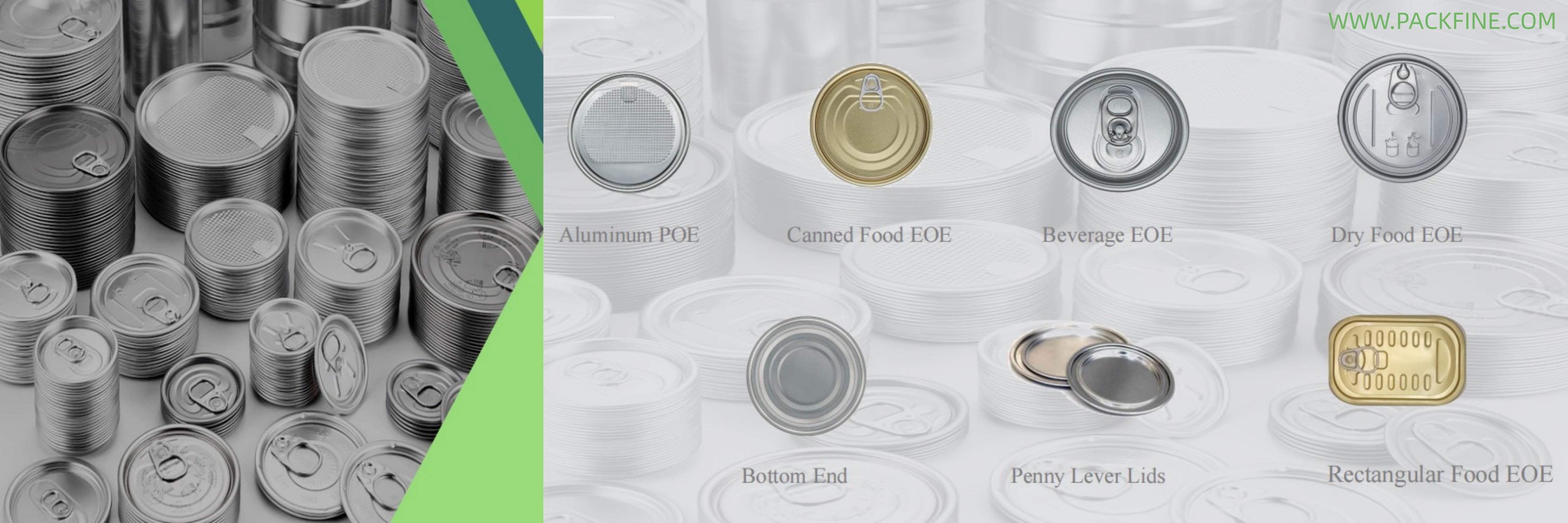Aluminum Cans Lids vs. Tinplate Can Lids: Which is Better?
Canning is a common way of preserving kinds of, beverages, and other products. It is not only a great way to extend the shelf life of any product but also an excellent way to ensure that they remain fresh and maintain their original flavors.
In this blog, we will and contrast the two most popular materials used for can lids: aluminum and tinplate.
Aluminum can lids are known for their convenience and versatility. They are produced using a thin layer of aluminum that is applied on top of the can, making them easy to open reusable.
One of the primary advantages of aluminum can lids is their durability. Their strength allows them to withstand extreme changes in temperature, making them ideal for use in both refrigerated and non-refrigerated products. Moreover, they are light in weight, which reduces the cost of.
Another significant benefit of aluminum can lids is their environmental-friendliness. When recycled, aluminum is one of the few materials that can be reused without losing its quality. This makes aluminum can lids a more sustainable option, as they are 100% recyclable.
However, can lids are more expensive than tinplate can lids due to the costlier manufacturing process. Moreover, they are not suitable for products that require high acidity alkalinity, as they may react with the aluminum and affect the taste and quality of the product.
Tinplate can lids are made from a thin sheet of steel coated with a layer of tin. They are commonly known for their ability to withstand rust and corrosion, making them use in products with high acidity or alkalinity levels.
One of the primary advantages of tinplate can lids is their cost-effectiveness. The process for tinplate is relatively cheaper compared to aluminum, making them a more cost-effective option.
Tinplate can lids are also more for branding and labeling as they have a smoother surface compared to aluminum. Moreover, they are more suitable for products that require high acidity or alkal as they are less reactive.
However, tinplate can lids are not as durable as aluminum can lids. Steel is relatively heavier and make transportation costs higher. Additionally, tinplate can lids are not eco-friendly as only about 30% of steel cans are recycled due to high cost of recycling.
So, which is better?
The answer to this question ultimately depends on the specific needs of the product being canned. If the requires a can lid that is lightweight, durable, and eco-friendly, aluminum can lids are the better option. If branding and labeling are essential, as well as cost-effectiveness, tinplate can are the more appropriate choice. Moreover, if the product has high acidity or alkalinity, tinplate can lids are more suitable due to its ability to such conditions without affecting the product quality or taste.
In conclusion, both aluminum can lids and tinplate can lids have their own unique advantages and disadvantages. The choice between the two depends entirely on the needs of the product being canned, such as the level of acidity or alkalinity budget, durability, and eco-friendliness, among other factors. Ultimately, the manufacturer should weigh the pros and cons of both aluminum and tin can lids to determine which option provides the best value for their product.
Contact us to get a competitive quotation!
- Email: director@aluminum-can.com
- Whatsapp: +8613054501345
Post time: May-16-2023
